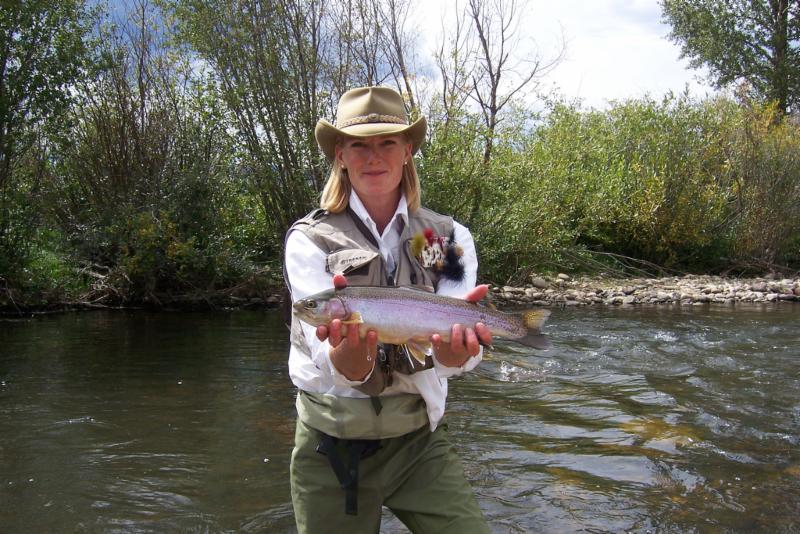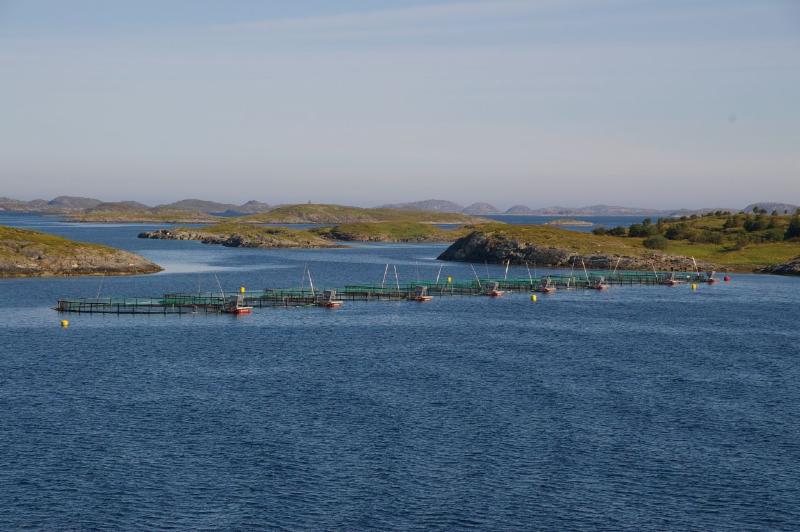On Monday, a Sight Not Seen in 100 Years
By Nicholas St. Fleur/The New York Times
Photo by Ron Lute/flickr
The United States has not seen a total solar eclipse sail from sea to shining sea in nearly a century. That means that next Monday, when the
moon
engulfs the sun in the sky, a new generation will experience a celestial extravaganza unlike anything else.
If you are one of these millions, prepare to feel changed forever. So say the eclipse chasers who venture great distances and go to extreme lengths to witness the ethereal occurrence.
"This is the most awesome astronomical event there is, period," said Mike Kentrianakis, a veteran eclipse chaser. "You'll never ever forget it."
Mr. Kentrianakis has spent his life in pursuit of totality, the fleeting moment when the moon aligns perfectly with the sun and throws everything into darkness.
Debunking Myths about Watching an Eclipse
By Sarah Kaplan/The Washington Post
Your eyes won't shrivel, your skin won't burn. A plague of locusts won't descend on the planet. The ground won't open up and swallow everything whole. After a couple of minutes, the moon will move on and the world will be as it has always been - hopefully, just a little bit more appreciative of the beauty of the cosmos.
There are some things you do need to do to prepare for this total solar eclipse, and you can read everything you need to know about it
here
. But there are also things you don't need to worry about. Like the apocalypse.
So backed by scientific fact, let's debunk some of the most persistent myths and misconceptions circulating in the run-up to the big event.
|
|

Female Hunters, Anglers Making Voices Heard
By Tracy Ross/Outside
Photo by Bugeater/flickr
On a snowy night in 2014, 25-year-old Jessi Johnson made good on two years of dedicated practice with her bow and fired an arrow into a 175-pound buck with a three-point-four rack. She remembers none of the exhaustion associated with field dressing, just the elation of bringing sustenance to her friends and family. Then came an epiphany: If public lands are sold off to private landowners, her entire experience would be lost to future generations.
Johnson is one of a rapidly growing demographic: female hunters and anglers. In fact, they've become so numerous and well connected that they've recently formed a women-specific lobbying group aimed at uniting recreationists to save the lands where they hunt and fish.
Conservation needs as many advocates as possible, and women have been making inroads into leadership positions. They head organizations such as Outdoor Afro, River Network, and the Outdoor Industry Association, but until now,
only one conservation-focused group
has been all female: the 28-year-old
Great Old Broads for Wilderness
.
|
Small Cities Have Greater Biodiversity than Big Ones
By Sarah DeWeerdt/Anthropocene
Photo by Tjflex2/flickr
Studies of urban wildlife that focus exclusively on large metropolises may overlook conservation opportunities in smaller cities, according to an analysis published in the journal
Urban Ecosystems.
In the study, researchers surveyed small ground-dwelling mammals like mice, voles, and shrews in Chelm, a city of about 65,000 people in Poland. They found that outside of the oldest, densest portion of the city, Chelm's green spaces retain a pretty healthy biodiversity of small mammals, similar to nearby rural areas.
That contrasts with most studies of biodiversity in medium and large cities, which typically find a relatively limited, uniform suite of urban-tolerant species even at sites on the city outskirts.
Very few studies of urban biodiversity have looked at small cities like Chelm - those with under 100,000 residents and covering fewer than 100 square kilometers. But there are more small cities than large cities in the world, and small cities cover more area than large cities.
|

Can We Feed the World with Farmed Fish?
By Alastair Bland/NPR
Photo by Percita/flickr
For years, scientists and activists have sounded the alarm that humans' appetite for seafood is outpacing what fishermen can sustainably catch.
But new research suggests there is space on the open ocean for farming essentially all the seafood humans can eat. A team of scientists led by Rebecca Gentry, of the University of California, Santa Barbara, found that widescale aquaculture utilizing much of the ocean's coastal waters could outproduce the global demand for seafood by a staggering 100 times.
Their
paper,
published in the journal Nature Ecology & Evolution, could have significant implications for a planet whose human population is projected to reach 10 billion by 2050. Nearly every coastal country has the potential to meet its own domestic demand for seafood, "typically using only a minute fraction of its ocean territory," write the authors.
In their research, the scientists analyzed the potential of virtually every square mile of the ocean's surface for producing 120 different species of fish and 60 species of bivalves - that is, mussels, clams, oysters and scallops.
|
|
|
|
|
|